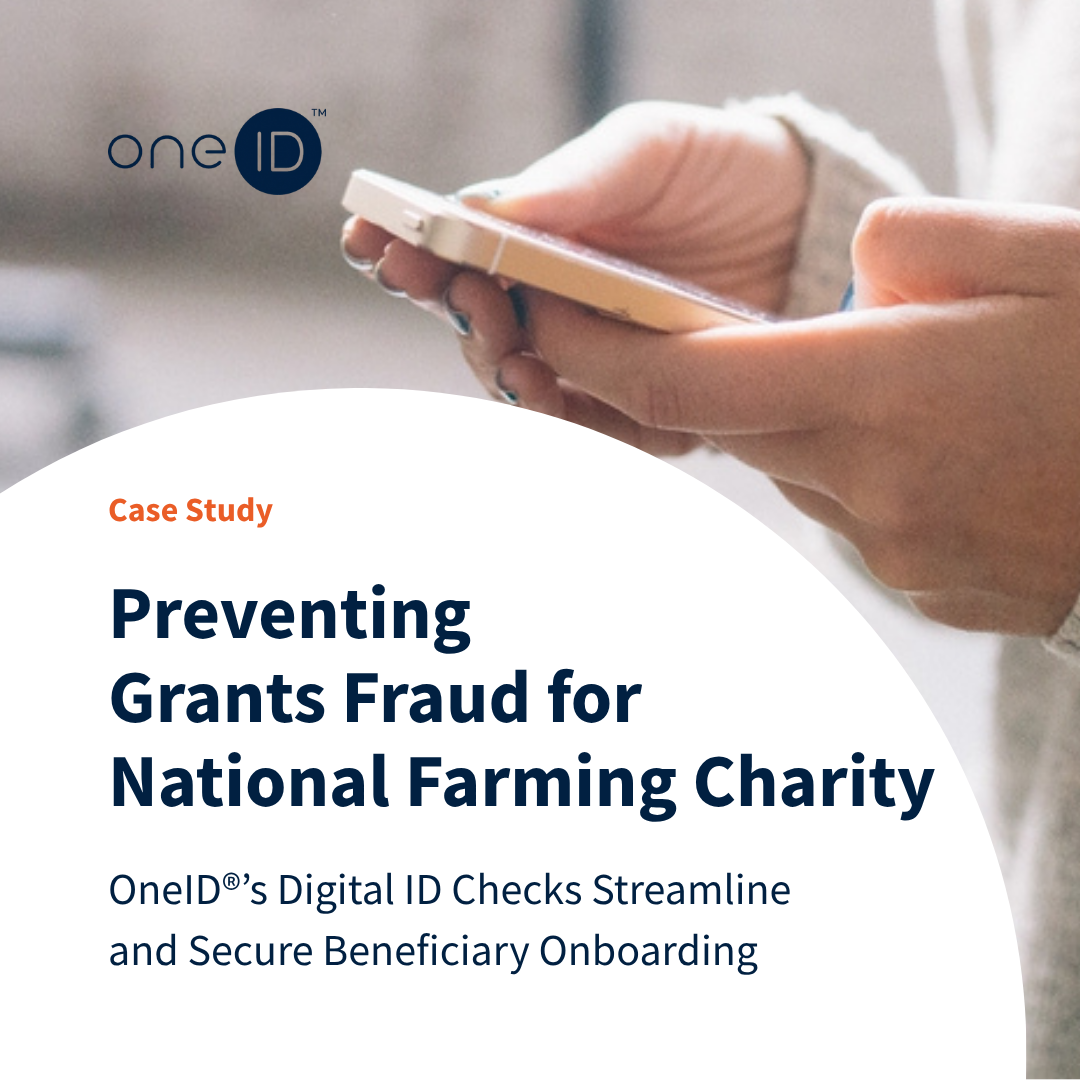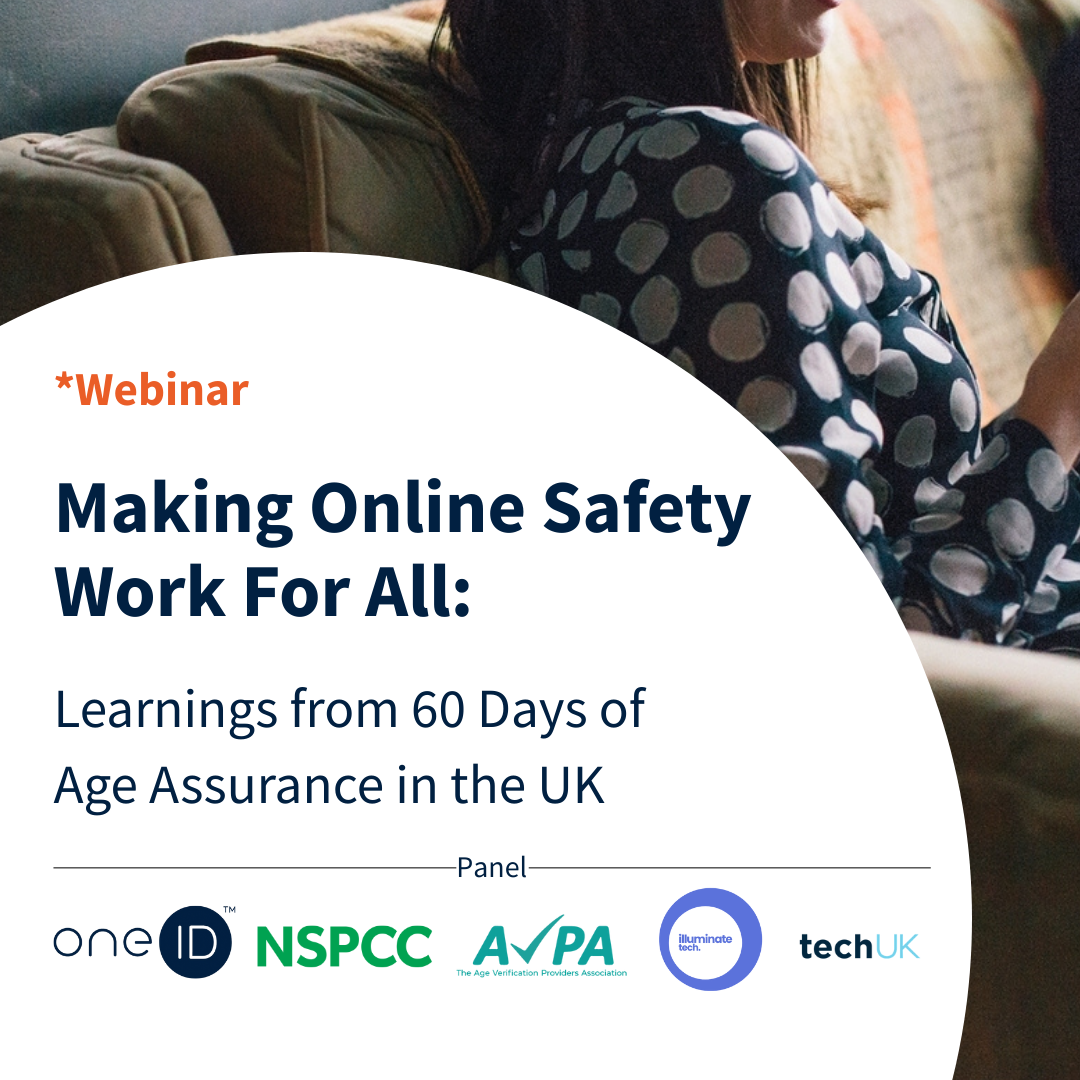If you were to translate the current online age verification processes into real life, many transactions would be breaking the law.
The current online world has several varying methods to ‘verify’ your age:
• Enter your date of birth
• Click “yes” when asked if you are 18
• Tick a box upon confirming delivery
• Nothing
All of which rely on the honesty of the individual interacting online and cannot verify the information is accurate.
Now, let’s take a second to imagine how these methods would play out if they were applied to real life situations:
Upon reaching the checkout, 16-year-old college student Harold puts a set of kitchen knives on the counter, awkwardly avoiding eye contact with the cashier. The cashier looks at Harold, and politely asks, “young man, what is your birthday?”
Nervously, Harold replies “11th of October 2001.” This is, of course, not his real birthday.
After having to work out if this birthdate would in fact make young Harold 18, the cashier simply nods and allows Harold to exit the store with his newly purchased set of dangerous knives.
Sounds unsecure, doesn’t it?
Samantha is looking to buy some alcohol to go to her first house party with some of her older friends from sixth form. As a 15-year-old, she doesn’t have much concept of what is enough alcohol for one evening, and so decides she needs two bottles of vodka to drink.
Once she grabs the vodka from the shelf, she notices that the queue for the tills is long, so heads to the self-service checkout instead.
After scanning her two bottles of vodka, the machine flags the products as an age-restricted product, and a message flashes up on the screen: “Are you 18 years or older?”. The screen presents two options to Samantha: “Yes” and “No”.
15-year-old Samantha clicks ‘Yes’, the message disappears, replaced by a big tick and the words ‘please take your receipt’. She walks out the store with her two bottles of vodka, and heads on her 25-minute bus journey to this house party.
It feels like a step is missing, doesn’t it?
It’s bonfire night. 17-year-old Carl is walking towards a local fireworks shop, as he plans to celebrate the evening with some of his friends from school. As he is alone, he picks out some of the coolest looking fireworks there – the big rockets, the ones with danger signs on them, the ones with a skull on.
While browsing, he asks the store attendant for some advice on which ones have the most gunpowder in them, and therefore make the biggest bang. After being directed to these, he purchases £92 worth of fireworks.
At the point of purchase, the cashier asks him to sign a form to declare he is at least 18 years old. On the form, Carl signs on the dotted line with an entirely random name, as Carl knows that there are no safeguards in place to check that he is not lying on this form.
This is a 17-year-old, freely buying almost £100 worth of explosives with nothing in place that verifies his ages. That feels wrong, doesn’t it?
This one is quite self-explanatory. Young Marcus has just joined a new gang; a gang that is in the middle of turf war with a rival, trying to control drug distribution in South London. The gang Marcus is part of have identified a key member of their rival gang as a target for an acid attack.
Marcus strolls into his local DIY store, with a shopping list of chemicals that, when mixed correctly, create a corrosive and potentially deadly concentration of acid, with the intent of launching it at said target when the next opportunity arises.
After adding the various chemicals to his basket, Marcus takes his shopping to the till and stands with confidence as the cashier brings his total to £27.49.
An underage adult has just walked out of a shop with the ingredients to make an acidic weapon. No questions asked.
That feels unsafe, doesn’t it?
These examples may sound dramatic, but stories like these increasingly occur in everyday life online.
In the last few decades, the United Kingdom has done a lot to combat the sale of age restricted goods in person to underage people. Probably the most well recognised campaign surrounding this is the is the www.challange25.org campaign, which aims to have retailers check the IDs of any customer that looks to be under the age of 25 years old when they are attempting to purchase alcohol, or other age restricted goods.
‘If you are lucky enough to look under 25 you will be asked to prove that you are aged 18 or over when you buy alcohol,’ the well-known sign reads.
The part on this poster that everyone seems to miss, is the part that details “if you are under 18 you are committing an offence if you attempt to buy alcohol.”
The key word in this part of the poster is the word ‘attempt’. The law is not broken at the point of purchase. The law is broken as soon as that 15-year-old walks up to the corner shop counter and puts down a pack of Smirnoff Ice. The law is broken when a 16-year-old teenager attempts to buy a set of kitchen knives.
These campaigns, combined with fines and prosecution should companies' neglect these laws, have resulted in retail companies, as well as other age-restricted institutions like night clubs and pubs, being (mostly) very vigilant it when it comes to asking for IDs.
It’s a good question. The most important part of this poster within the context of online retail is actually what isn’t connected to online identity, the poster doesn’t specify that the attempt to buy age restricted goods has to be in the shop.
It is a risk online too. This process SHOULD be applied online too.
At the beginning of this article, I referred to buying from a shop as ‘real life’ and alluded that buying online is separate from that. However, when you take a step back to actually think about this, it isn’t true. Although there are distinct differences between buying goods from a store and buying goods from an online website, the one thing they both have in common is that they both involve real people buying real products.
When the problem of online age verification is presented in this light, you can really understand how often the methods of online age verification are unsecure, behind and leaves both businesses and consumers open to risks. There needs to be a stronger solution…and there is.
Many companies just don’t know it yet.
At OneID® we are an innovative identity scheme. Our business has been built with the social purpose of creating trust online at the heart of what we do. Our technology can verify the identity of all users of online banking in the UK – which is an ever-increasing number of 50 million people!
We are excited to share with the world our technology, to help keep people safe when operating online.
You can find out more about OneID® on our website. Alternatively, you can contact us and one of our digital identity experts will be in touch shortly to discuss how digital identity can help protect your business and customers.

What are some of the biggest obstacles to growth that traditional or document-based identity verificatio...

A UK-based farming charity needed a faster, more secure way to distribute grants and relief payments. Th...

The Online Safety Act (OSA) marks a new chapter in how we think about digital responsibility. 60 days af...

Turnkey, a leading provider of insolvency software solutions, has announced a new partnership with OneID...